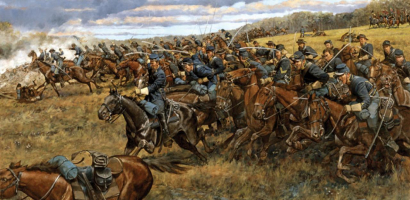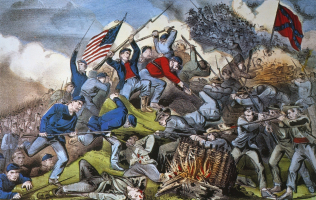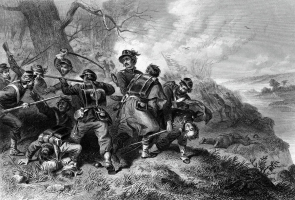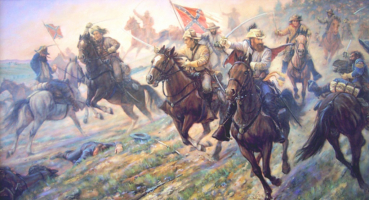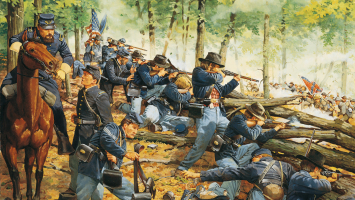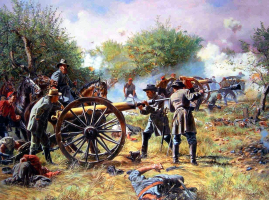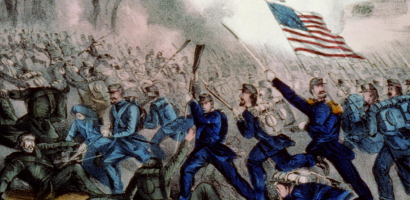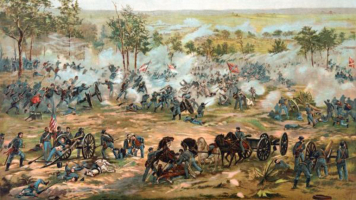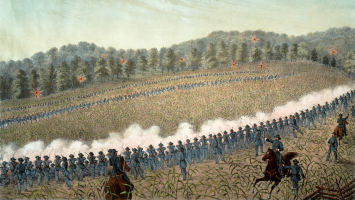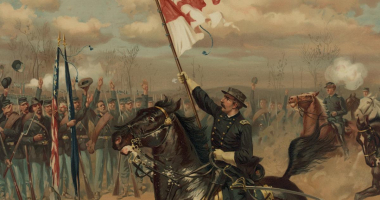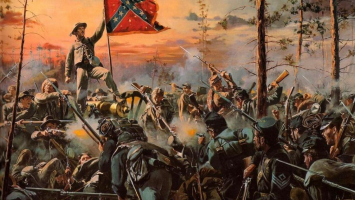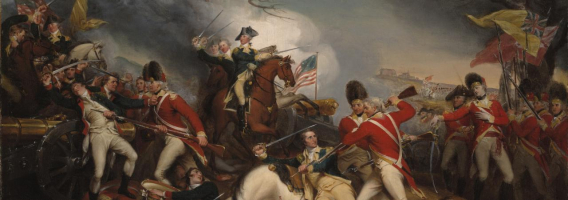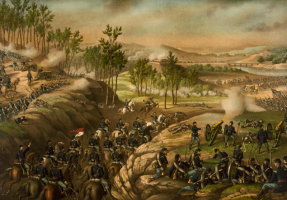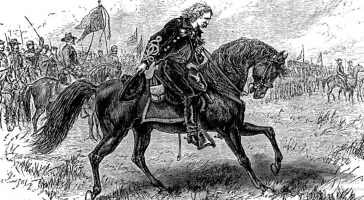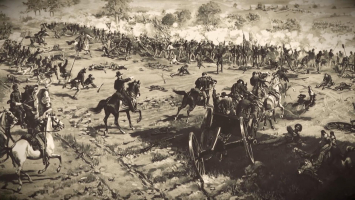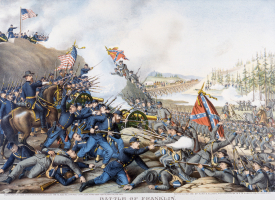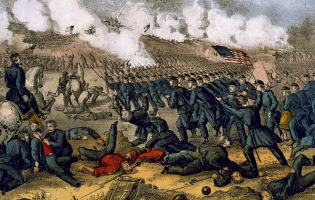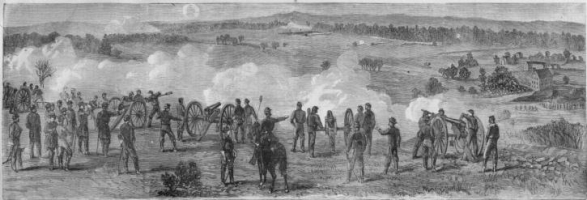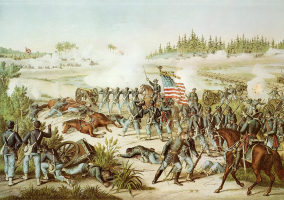Top 5 Facts About The Battle of Saratoga
The Battle of Saratoga, which took place in September and October of 1777, the second year of the American Revolution, had as its principal character the war ... read more...between Great Britain and the United States following Great Britain's decision to send troops to attack America. It was a decisive victory for the Continental Army and a crucial turning point in the Revolutionary War. It was composed of two significant engagements that were fought eighteen days apart. The American army's victory over the greater British army increased patriotism, stoked independence aspirations, and helped the United States win the necessary support from other countries. Here are some facts about the Battle of Saratoga.
-
The American state of New England, where the Revolutionary War began, caused the British quite a bit of difficulties. General John Burgoyne, in charge of a sizable force of 8,000 men, would invade the US from Canada by marching across the Hudson Valley to Albany at that time. British troops, led by Sir William Howe, would enter the Hudson Valley from New Jersey. This served to separate the center and southern colonies from the rebellious New England colonies. It would also demoralize the Americans and their allies and give Britain control of the Hudson River.
British forces launched a multi-pronged attack on Albany, New York, and into the Mohawk River Valley to split the American colonies in half and put an end to the war. Lieutenant Colonel Barry St. Leger, with a smaller force, would launch an attack from the north up Lake Champlain and from the west to seize Fort Ticonderoga and Stanwix simultaneously. As General Henry Clinton advanced north of the Hudson River to crush any significant resistance in the northern states, they would then assemble south of Lake Champlain and march to Albany. General William Howe's army moved further south to seize Philadelphia, the nation's political center. If either of these attacks is effective, the liberal cause will probably fail.
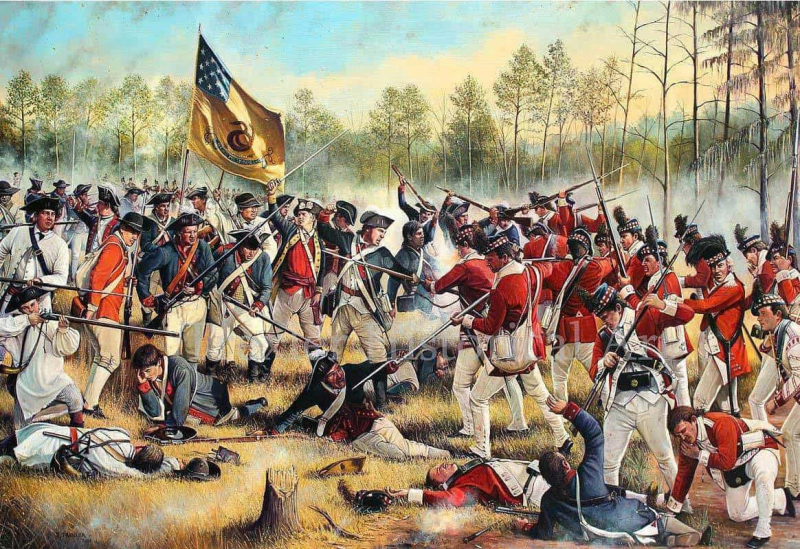
Source: revolutionarywar.us 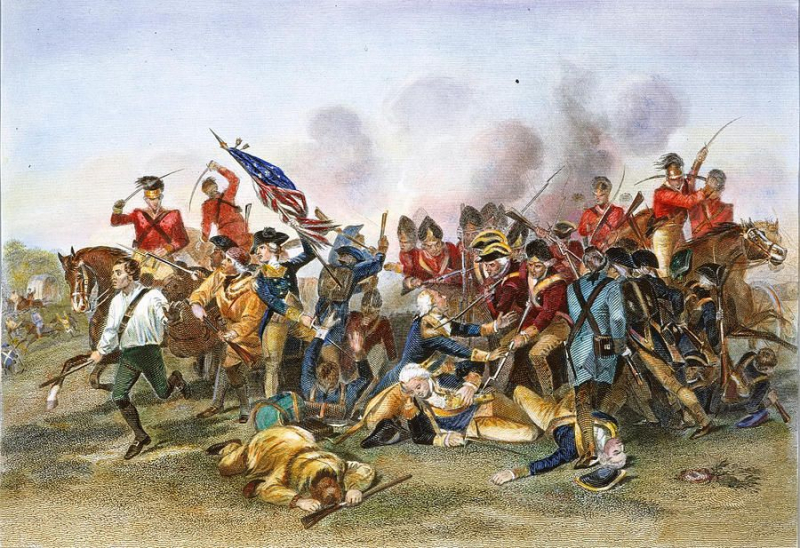
Source: Pinterest -
Throughout the war, the British were unable to push into the interior of New York due to delays in the area of operations brought on by undermanned forces and setbacks brought on by sloppy planning and indecisive leadership. Burgoyne chose to pursue retreating American soldiers after taking Fort Ticonderoga in the early days of July rather than pursuing Albany, which cost him vital time and resources that could not be recovered. He focused his forces at Skenes Borough, at the southern tip of Lake Champlain, for several weeks in an effort to cut off an increasingly strained supply route. His march was eventually halted by Patriot soldiers' roadblocks and destroyed supplies.
When a sizable contingent of British foragers were defeated at the Battle of Bennington on August 16, the war's trajectory shifted more in the enemy's favor. Approximately 900 men were lost in battle about half of Burgoyne's army and the majority of them were captured after the battle. A little over a week later, St. Leger was defeated at Fort Stanwix in the Mohawk River Valley, leaving "Gentleman Johnny" in charge of the battle by himself.
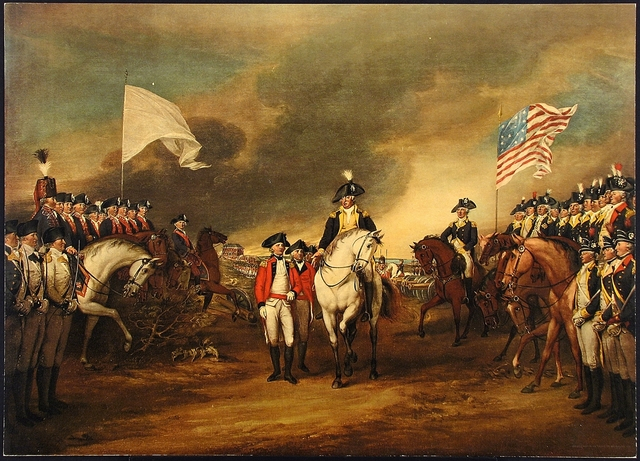
Source: savory.de 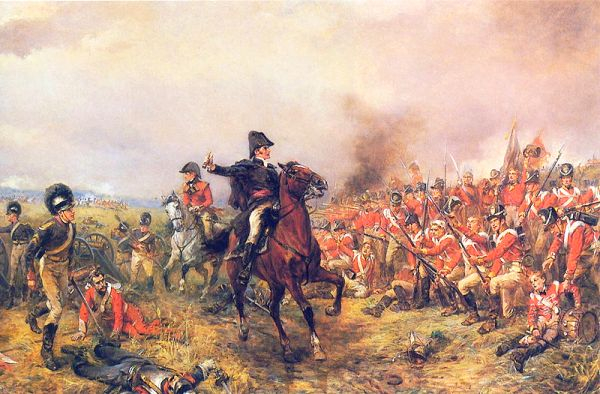
Source: savory.de -
The use of Native Americans against the American army was a key component of Burgoyne's plan. Do you recognize this tactic from the American army's use of it against the Vietnamese during its invasion of Vietnam in the 20th century? The Native American army, however, opted to withdraw after the army he sent to fetch supplies from Vermont was ambushed and routed. In contrast, the American army he had to face was expanding as a result of requests from state governors and particularly as a result of the Jane McCrea case.
During the American Revolutionary War, a Native American warrior working with a British Army expedition led by John Burgoyne assassinated Jane McCrea (1752–27 July 1777), an American lady. Her death sparked enormous outcry in the Thirteen Colonies and was utilized by Patriots as part of their anti-British propaganda campaign because she was engaged to a Loyalist officer serving under Burgoyne. Due to the incident's widespread outrage and Burgoyne's failure to act against them, a growing number of people joined the army.
The news of her passing was widely publicized across the Thirteen Colonies, and journalists and historians routinely exaggerated the circumstances. The Saratoga campaign was unsuccessful as a result of the killing of McCrea, which also stoked American resistance to the British. Pantomimes, poems, folk ballads, and novels have all been written about McCrea, whose life and death finally became American mythology. Since her passing, her body has been excavated multiple times.
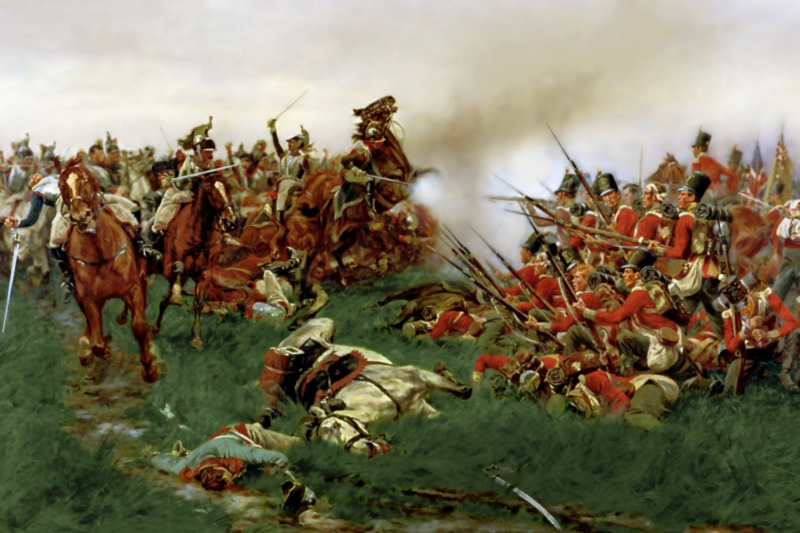
Source: BBC History 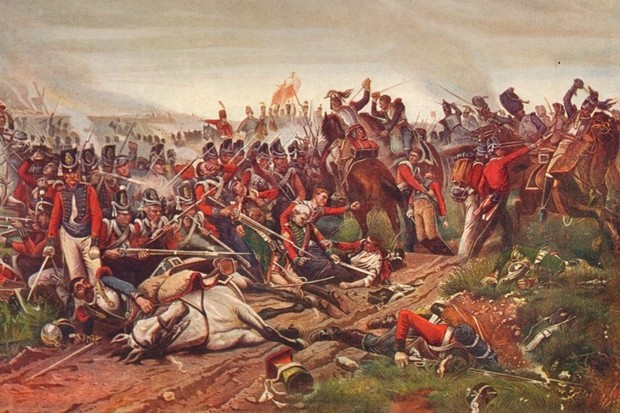
Source: BBC History -
Major General Philip Schuyler's American forces were withdrawing after the British captured Fort Ticonderoga, but they made sure that the British had to withstand the Burgoyne attack. Major General Horatio Gates succeeded Philip Schuyler as the force's commander in August. In September, Gates gave the order for his troops to advance north, and they decided to erect defenses at a location named Bemis Heights, some 15 kilometers south of Saratoga. Colonel Thaddeus Kosciusko, a Polish engineer, created some incredible fortifications that were crucial to the war.
Thaddeus Kosciuszko disembarked from a ship and ascended a pier at Philadelphia, Pennsylvania, in the latter part of August 1776. Kosciuszko was elevated to colonel by Congress in October 1776 after getting to know Benjamin Franklin and showcasing his abilities by creating fortifications and barriers along the Delaware River. In Red Bank, New Jersey, near Fort Mercer, he designed in December. In order to delay the British, he directed his forces to retire from Ticonderoga in the summer of 1777. To do this, he cut down trees, moved rocks onto the road, diverted traffic, and dammed a stream to turn a woodland route into a swamp. Kosciuszko's organization and utilization of the terrain during the fall of 1777 helped the Americans win at Saratoga.
In March 1778, Kosciuszko strengthened Fort West Point in New York, as well as the section of the Hudson River it avoided. Here, he met the charming and humorous Agrippa Hull, a black New-Anglesite who would serve as Kosciuszko's servant, helper, and comrade for the remainder of the war.
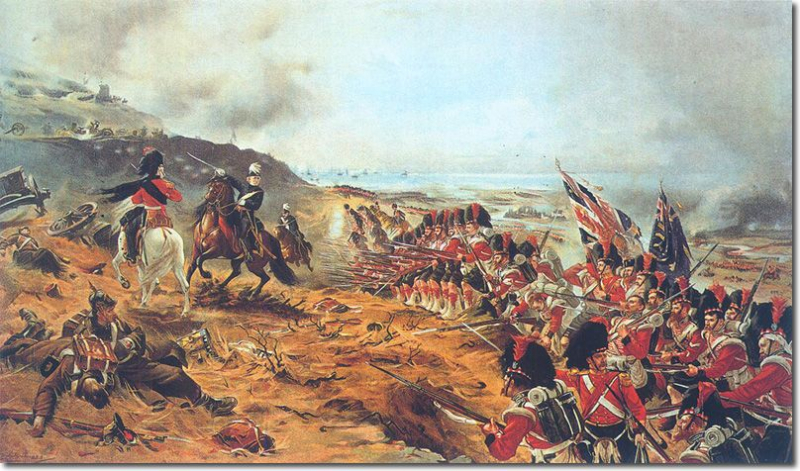
Source: blogspot.com 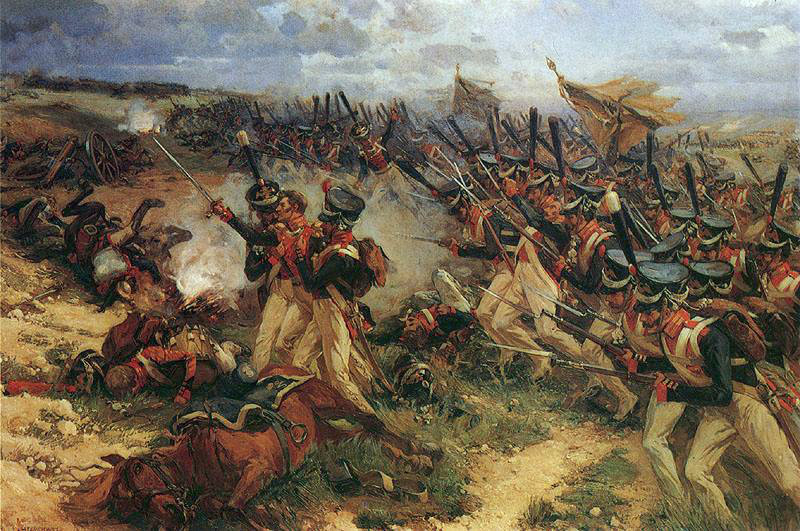
Source: blogspot.com -
In the Battle of Saratoga, Benedict Arnold and Horatio Gates were a team that worked effectively together and had a significant impact. However, no one can foretell what the future will hold once the occasion arises and Arnold is not acknowledged for his achievement. Gates did not inform Congress of Arnold's accomplishments despite the fact that it was known that he helped guide and replenish his friend's troops during the war. In his report, Gates did not acknowledge Arnold and his troops' involvement in the Battle of Freeman's Farm. Arnold eventually lost his unofficial authority to lead the army in battle. After a disagreement between the generals, Gates disregarded Arnold's orders because of noncompliance.
Arnold had no justification for remaining at the camp, yet he did. He casually disregarded the fact that he had no official orders when he ordered his horse and charged into battle during the battle of Bemis Heights (October 7). The soldiers reunited around Arnold after seeing him, who had given them new life. The men were led by Arnold to break through the enemy line's center in two fierce charges. The pressure from American soldiers, helped by Daniel Morgan and his riflemen, was so great that it caused the British to crumble. The horse that Arnold was riding was shot as triumph drew near, and it fell on the leg that had been hurt earlier. Perhaps more than any other officer present, Arnold's actions contributed to American success. Burgoyne finally gave in ten days later, and as a direct result, France helped the young nation.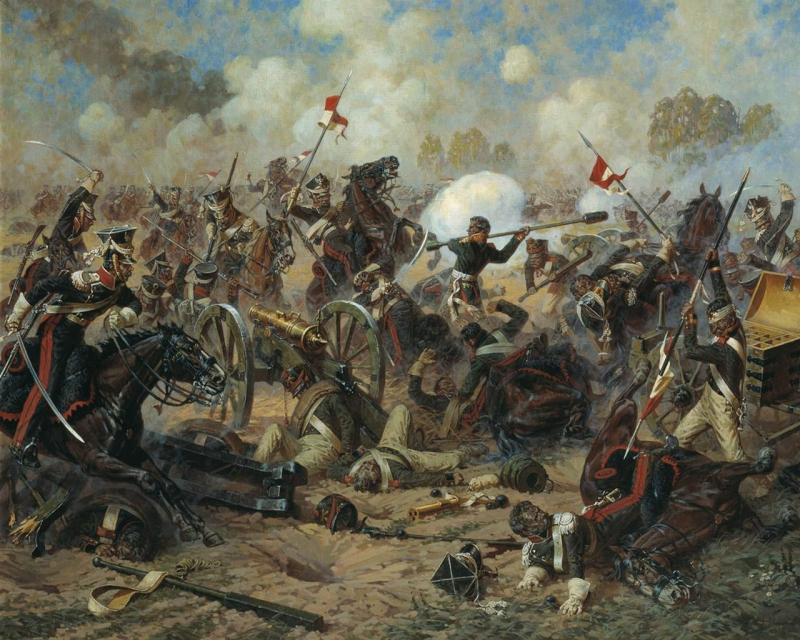
Source: wikiart.org 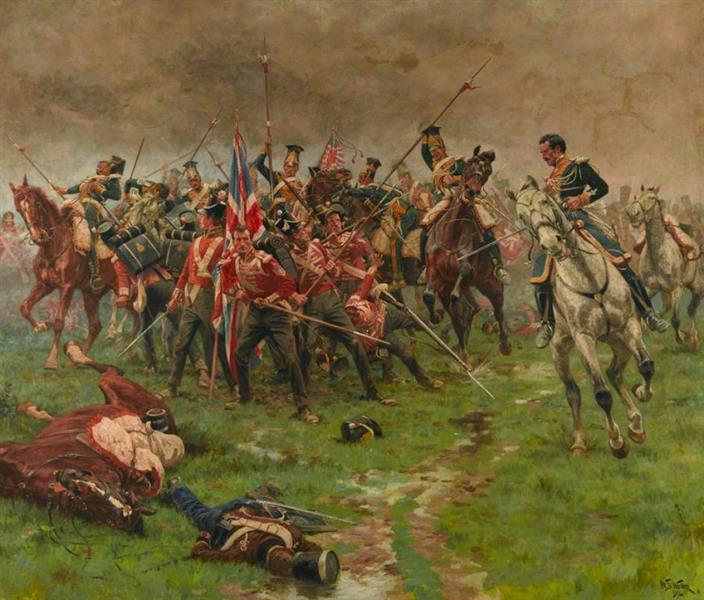
Source:wikiart.org







